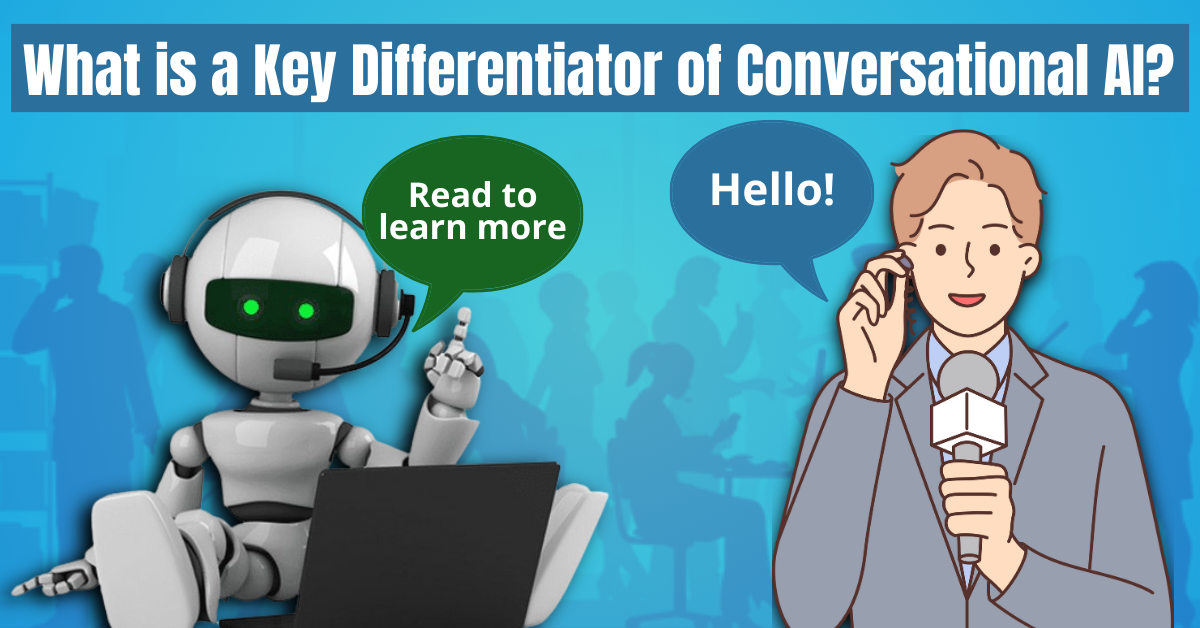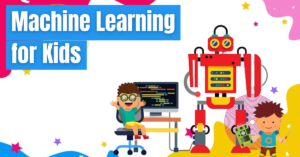What is a Key Differentiator of Conversational AI?
You’ve probably noticed how chatting with a customer service bot can sometimes feel frustratingly mechanical. The Key Differentiator of Conversational AI technology is here to change that, making interactions smoother and more humanlike.
This blog post will explore the key differentiator of conversational AI: its ability to understand and process natural language in a way that feels natural to you. Get ready for a clearer conversation!
Table of Contents
Key Takeaways – Key Differentiator of Conversational AI
The Key Differentiator of Conversational AI is the ability to understand and respond to natural language in a human-like manner using Natural Language Processing (NLP).
- Conversational AI understands and processes natural language, making it feel like talking to a human.
- It uses techniques like syntax, semantics, and context to resolve ambiguity in conversations.
- Machine learning helps conversational AI improve over time by analyzing interactions.
- Benefits include better customer service, reduced costs, and more personalized experiences.
Understanding Natural Language Processing
Natural Language Processing involves understanding the structure and meaning of human language. It encompasses syntax, semantics, context, and ambiguity resolution to process language accurately.
Syntax and semantics
Syntax is all about the rules of language. It’s how words are put together to make sentences that make sense. In conversational AI, understanding syntax helps computers figure out how words work together.
This way, they can understand what you’re saying just like a friend would. Semantics goes deeper—it’s about the meaning behind those words and sentences. For example, if you tell a chatbot, “I feel cold,” it uses semantics to know you might need the temperature turned up, not that you want a cold drink.
Imagine chatting with your virtual assistant about planning a party. You say, “Find recipes for easy snacks.” It understands from the syntax that ‘recipes’ and ‘snacks’ are keywords and from semantics that you’re looking for quick-to-make food options, not complex dishes or ingredients lists.
Conversational AI combines machine learning and natural language processing to get both syntax and semantics right. This mix lets it grasp not just what you’re asking but also what you actually need — making talking to machines as natural as talking to humans.
Context and ambiguity resolution
In conversational AI, understanding the context and resolving ambiguity is vital. This technology uses NLU to interpret the meaning behind human language, enabling more effective and efficient interactions.
With this capability, conversational AI can identify and address ambiguous statements or requests, enhancing the overall user experience by providing accurate and relevant responses.
For example, when you ask a question with multiple meanings or use pronouns that may refer to different things in the conversation, the system’s contextual understanding helps it respond appropriately.
The ability of conversational AI to navigate such complexities contributes significantly to its differentiation from traditional chatbots.
Conversational AI’s role in resolving ambiguity through contextual understanding allows for first-hand experiences similar to interacting with a human agent. Its capability not only saves time but also enhances customer satisfaction through tailored responses based on context analysis and intent recognition.
If you use ChatGPT, I recommend you to check this study that shows if ChatGPT can be detected by Turnitin. You don’t want to get caught using ChatGPT when you shouldn’t. Here you can check some tips to turn your AI generated content into a more natural language.
Role of Natural Language Understanding (NLU) in Conversational AI
One of the Key Differentiators of Conversational AI is Natural Language Understanding (NLU). It allows the system to comprehend and interpret human language, making interactions more effective.
NLU enables Conversational AI to understand the meaning behind what you say or type, creating more natural and humanlike conversations. For instance, it helps chatbots respond accurately to user queries by interpreting their intentions.
This makes your experience more seamless and efficient. In addition, it underpins the ability of Conversational AI to simulate natural human conversation, enhancing its overall effectiveness in meeting your needs.
Conversational AI powered by NLU provides a first-hand experience of interacting with technology that understands you like a person would – a feature that distinguishes it from traditional chatbots.
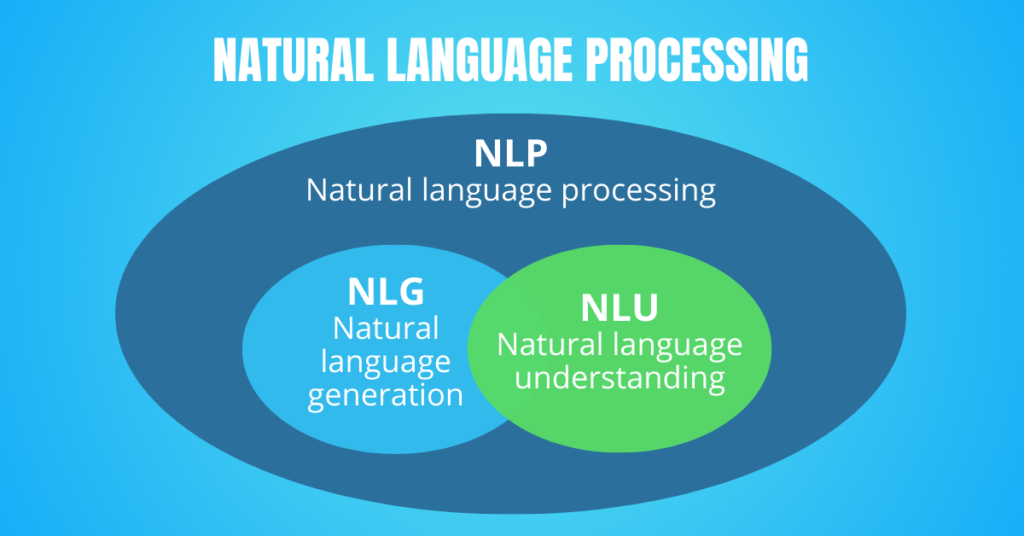
Key Benefits of Conversational AI
Conversational AI offers improved customer experience and reduced operational costs. It also expands outreach and accessibility, benefiting businesses and customers alike. Here are the main benefits of the Key Differentiator of Conversational AI.
Enhanced customer experience
Conversational AI greatly improves your experience as a customer by providing natural and human-like interactions. It enables more efficient and effective communication with businesses, making it feel like you’re talking to a real person.
This technology aims to save time for both customers and businesses, offering a convenient and personalized approach that enhances the overall user experience.
Reduced operational costs
Reducing operational costs is a significant benefit of using Conversational AI. By automating customer service and support tasks, businesses can save money on labor and resource expenses.
For example, in the banking industry, implementing Conversational AI for basic transactions can lead to an estimated annual cost saving of $0.50 per interaction compared to traditional call centers.
Additionally, Conversational AI also enables self-service options for customers, reducing the need for human intervention in routine inquiries. This not only lowers operational costs but also frees up human resources to focus on more complex or high-value interactions.
Therefore, the use Conversational AI technology leads to substantial financial savings, while ensuring efficient customer service delivery.
Increased outreach and accessibility
Conversational AI has increased outreach and accessibility, making it easier for customers to engage with businesses.
This technology allows businesses to reach a wider audience and provide accessible customer service through voice search and automated voice customer service capabilities.
Additionally, Conversational AI’s humanlike behaviors set it apart from traditional chatbots, enhancing the user experience. This enables you to interact with technology in a more natural and humanlike manner, improving accessibility for all users.
The value proposition of Conversational AI lies in its ability to cater to diverse audiences with personalized experiences, ultimately increasing outreach while ensuring accessibility across various demographics.

Image by pch.vector on Freepik
Components of Conversational AI
The components of Conversational AI power its performance.
Performance data & analytics
Performance data and analytics are essential Key Differentiators of Conversational AI. Analyzing user interactions provides valuable insights into customer preferences and behavior patterns.
This enables continuous improvement in providing personalized and efficient responses, leading to a better overall experience for users. The data gathered also allows businesses to identify areas for optimization, ensuring that the AI system continues to evolve and enhance its performance according to user needs.
Moving on from performance data & analytics, let’s explore the significance of cloud storage and processing in Conversational AI.
Cloud storage and processing
With its increased use, Cloud storage and processing are essential components of Conversational AI. They enable the system to store vast amounts of data and swiftly process information, making interactions seamless.
This ensures that the AI can access necessary knowledge quickly and respond to your inquiries in real time, creating a smooth conversational experience. For instance, cloud storage allows for the retention of large volumes of user data, while efficient processing enables the AI to retrieve relevant information promptly.
As a result, you can receive accurate and personalized responses without delays.
Fluid UI/UX
Fluid UI/UX is a Key Differentiator of Conversational AI that ensures an intuitive and seamless experience when you interact with conversational AI.
The design elements such as colors, fonts, and layouts are carefully crafted to enhance user engagement and make interactions feel natural and effortless. Additionally, interactive features like real-time suggestions and voice-driven navigation contribute to creating a more human-like conversation flow.
Conversational AI’s Fluid UI/UX is designed to deliver a smooth experience by incorporating appealing designs that attract your attention. It includes dynamic elements like instant prompts or recommendations that respond to your input in real time without delays.
This makes it easier for you to engage naturally with the system while enjoying an aesthetically pleasing interface that doesn’t compromise on functionality.
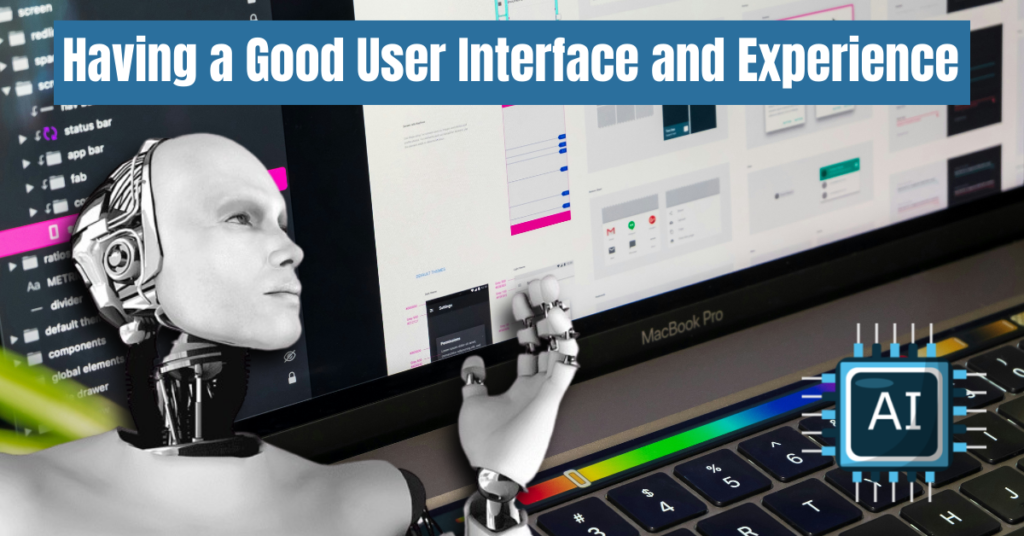
AI capabilities (NLP, NLG, machine learning)
Conversational AI uses NLP, NLG, and machine learning to understand and interpret human language. It utilizes natural language processing (NLP) to comprehend the meaning behind what you say or type.
Additionally, it employs natural language generation (NLG) to produce humanlike responses in conversations with users like yourself, making interactions more effective and efficient.
Furthermore, machine learning enables Conversational AI to improve its understanding of human language over time by analyzing large volumes of data. This technology not only simulates but also enhances human conversation experiences, giving you a firsthand experience when interacting with conversational AI systems.
Contextual understanding
Understanding the context in Conversational AI involves the system’s ability to interpret and respond based on the ongoing conversation. It relies on grasping the meaning behind user inputs while considering previous interactions.
This allows for a more seamless and personalized exchange, enhancing the overall user experience.
Conversational AI leverages contextual understanding to provide tailored responses, making interactions feel natural and intuitive. For example, it can remember previous inquiries or preferences you’ve expressed during a conversation, creating a more engaging and efficient dialogue.
This capability contributes significantly to its differentiation from traditional chatbots, allowing for first-hand experiences that mimic human-like understanding and responsiveness.
The Use Cases of Conversational AI
Conversational AI is driven by the need for personalized customer service, reduced churn, cost efficiency, cross-selling opportunities, data-driven decision-making, business continuity and automated content production capabilities.

Explore further to learn more about what sets Conversational AI apart.
Need for personalized customer service
When it comes to personalized customer service, businesses are seeking more than just standard interactions. They aim to dive into tailored experiences that cater specifically to individual needs and preferences.
Conversational AI can unlock the secrets of personalized customer service by leveraging NLU, machine learning, and humanlike behaviors to offer bespoke interactions that enhance the overall user experience.
By understanding and interpreting the meaning behind human language, conversational AI underpins a new era of ever-evolving customer service, providing first-hand experiences like never before.
Personalization is not only a luxury but an essential component for businesses aiming to retain customers and foster loyalty. Through conversational AI’s ability to adapt to each user’s unique requirements, businesses can embark on a journey towards building robust relationships with their customers.
This technology empowers enterprises to provide voice user interfaces that feel truly customized and create memorable interactions with unparalleled accuracy in understanding individual needs.

Source: The Motley Fool | How Artificial Intelligence is Used in Customer Service
Reduced churn
Conversational AI contributes to reducing churn by providing personalized customer service, enhancing the overall user experience, and addressing customers’ needs more effectively.
This technology offers proactive engagement and support, which can increase customer satisfaction and loyalty while minimizing attrition rates. By understanding customer preferences and resolving issues promptly, conversational AI helps retain customers and strengthens long-term relationships.
Moving forward to “Cost efficiency”, let’s explore how Conversational AI optimizes resources for businesses.
Cost efficiency
Now, let’s consider how cost efficiency plays a crucial role in conversational AI. Companies across various industries are embracing conversational AI to streamline operations and reduce costs.
For instance, automating customer interactions with virtual assistants can significantly cut down on the need for human resources, leading to substantial savings. Additionally, the use of conversational AI for routine inquiries and tasks reduces operational expenses while enhancing overall efficiency.
Incorporating conversational AI into your business processes leads to substantial cost savings by reducing the need for human resources and streamlining routine interactions.
Cross-selling opportunities
Cross-selling opportunities arise when conversational AI is used to understand customer needs and preferences. By analyzing customer interactions, the AI can suggest complementary products or services, increasing the chances of additional purchases.
For example, if a customer asks about purchasing a new smartphone, the AI can recommend suitable accessories such as cases or screen protectors based on previous purchase history. This not only enhances the customer experience but also boosts sales by providing personalized recommendations.
By leveraging data and understanding customer behavior through conversations, businesses can effectively identify cross-selling opportunities with conversational AI. These tailored suggestions enhance the overall shopping experience for customers while simultaneously driving increased revenue for businesses.
The ability of conversational AI to recognize and act on cross-selling opportunities has become an essential component in modern marketing strategies.

Data-driven decision-making
Data-driven decision-making is a crucial aspect of Conversational AI. By analyzing the data from user interactions, businesses can gain valuable insights into customer preferences and behavior.
This analysis helps in tailoring conversational AI experiences to better meet customer needs, thereby enhancing customer satisfaction and retention. Analyzing data also allows businesses to identify trends and patterns, which can be used to make informed decisions about product development and marketing strategies.
The use of data-driven decision-making in Conversational AI provides measurable results that help businesses improve their operations. By leveraging this approach, companies can efficiently allocate resources, optimize service delivery, and enhance overall business performance based on real-time feedback and analysis.
Business continuity
In the realm of Conversational AI, business continuity is crucial for seamless operations. Adopting Conversational AI can enhance business continuity by providing uninterrupted customer service experiences even during high demand or unexpected events.
Through automated content production capabilities and personalized customer interactions, Conversational AI ensures that businesses can maintain operational consistency and meet customer needs effectively.
Conversational AI technology has become an essential component for businesses seeking more than just traditional methods of customer service. By utilizing Conversational AI to uphold business continuity, companies can navigate complexities and ensure a consistent level of service delivery regardless of ever-evolving customer demands or unforeseen challenges.
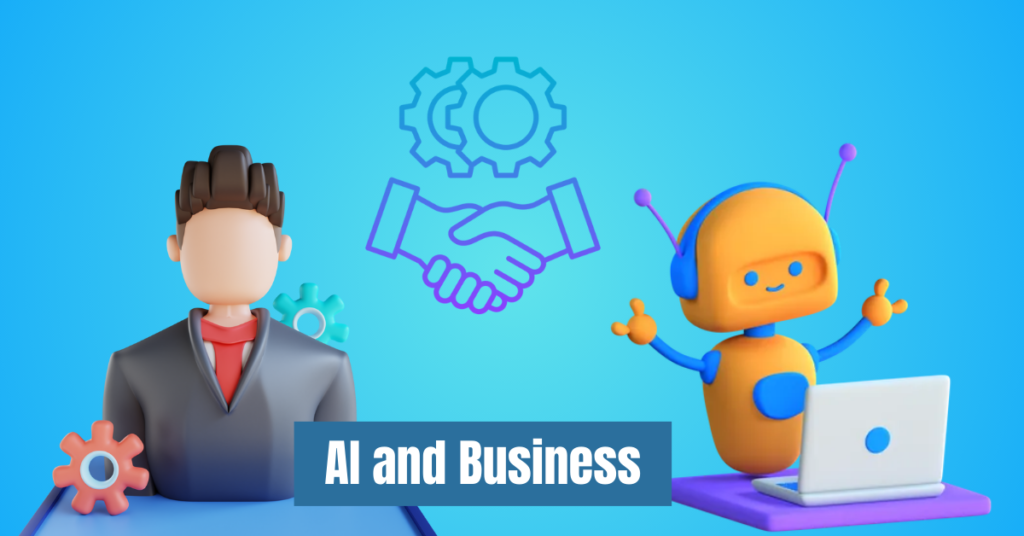
Automated content production capabilities
Conversational AI is not only about customer interactions, but it also plays a significant role in automating content production. This means that the technology can generate and personalize content based on user input and historical data.
For example, it can automatically produce personalized responses for customer inquiries or create tailored product recommendations. Automated content capabilities are driven by machine learning and natural language processing, allowing businesses to efficiently handle large volumes of customer queries while delivering a personalized experience.
Conclusion – What is a Key Differentiator of Conversational AI?
So what sets conversational AI apart from other technologies? It’s the ability to understand and interpret human language, just like a real conversation. With its natural interactions, it improves customer experience and saves time.
The use of humanlike behaviors enhances user engagement and makes interactions more efficient. By simulating human conversations, conversational AI is revolutionizing the way businesses interact with their customers – making it an essential technology in today’s world.

FAQs
1. What is a key differentiator of conversational AI?
The key differentiator of conversational AI lies in its advanced features like dialogue management and automatic speech recognition, which allows it to interact with humans naturally.
2. How does dialogue management work in conversational AI?
Dialogue management in Conversational AI helps guide the conversation flow between the human and computer interaction, making it feel more natural and personalized.
3. Why is automatic speech recognition important for Conversational AI?
Automatic speech recognition enables Conversational AI to understand spoken language, making it an essential part of any artificial intelligence that powers a conversational interface.
4. Can you explain how personalization works in Conversational AI?
Personalization in Conversational Ai means tailoring the interactions based on user’s preferences or past interactions; this enhances the overall experience by offering relevant responses.


